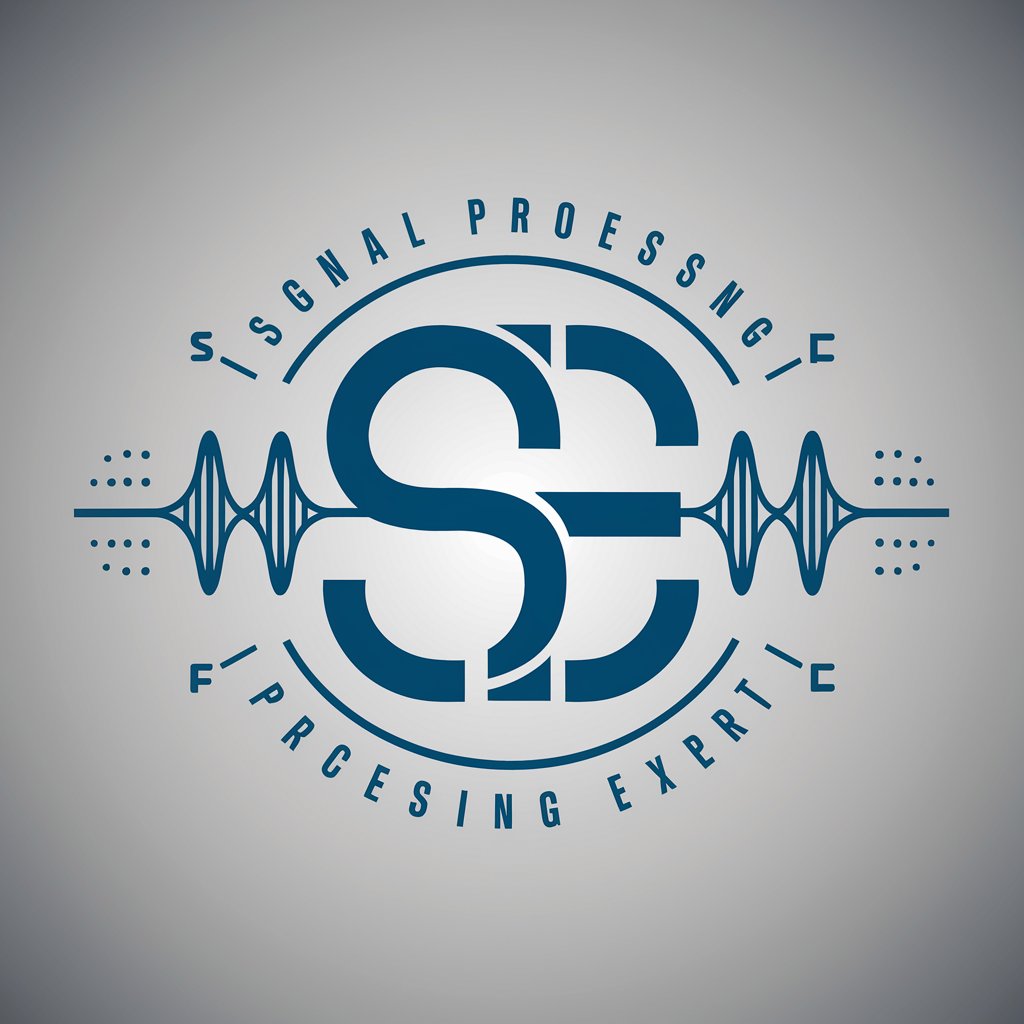Propaganda - AI-powered Propaganda Tool

Welcome! Let's explore the world of propaganda together.
Craft Persuasive Messages with AI
Explain how the 'bandwagon' technique can be used in political campaigns.
Describe the impact of 'agenda-setting' in shaping public opinion.
How does 'appeal to fear' influence people's decisions and behaviors?
Discuss the use of 'glittering generalities' in advertising.
Get Embed Code
Understanding Propaganda: Functions and Design Purpose
Propaganda is designed as an educational and analytical tool focused on the study and application of propaganda techniques. It aims to provide users with a comprehensive understanding of how propaganda works, the various methods employed to influence public opinion, and the effects these methods have on society. Through a structured approach, Propaganda guides users from defining objectives for a propaganda campaign to evaluating its effectiveness, incorporating techniques such as agenda-setting, appeal to fear, and cult of personality, among others. For example, a scenario illustrating its use could involve a user analyzing political campaigns to identify the use of 'plain folk' appeals or 'cult of personality' strategies, thereby gaining insights into how politicians seek to connect with and influence the electorate. Powered by ChatGPT-4o。

Key Functions of Propaganda and Their Real-world Applications
Educational Resource on Propaganda Techniques
Example
Teaching users about 'agenda-setting' and its impact on public opinion through case studies of media coverage on climate change.
Scenario
A media literacy educator utilizes Propaganda to demonstrate to students how selective coverage of climate change issues can shape public perception and policy priorities.
Critical Thinking and Media Literacy Enhancement
Example
Analyzing an advertisement campaign to reveal the 'beautiful people' technique aimed at associating happiness with a product.
Scenario
A consumer rights group employs Propaganda to dissect advertisements, helping consumers recognize manipulative tactics and make more informed purchasing decisions.
Campaign Development Guidance
Example
Assisting in the planning of a public health campaign using the 'appeal to fear' technique to encourage vaccination uptake.
Scenario
Public health officials use Propaganda to strategize a vaccination campaign, effectively employing fear appeals to highlight the risks of not vaccinating, while ensuring ethical considerations are maintained.
Ideal User Groups for Propaganda Services
Educators and Students
This group benefits from understanding propaganda techniques for critical media literacy, fostering analytical skills that enable them to discern between information and manipulation across various media.
Marketing and PR Professionals
These users can apply knowledge of propaganda techniques ethically to craft compelling messages and campaigns, understanding the influence of their work on public opinion and behavior.
Policy Makers and Political Analysts
They leverage Propaganda to analyze public communication strategies, anticipate the impact of propaganda on policy and public opinion, and develop more informed and transparent communication strategies.

Using Propaganda: A Step-by-Step Guide
1
Start with a visit to yeschat.ai for an instant access trial, no signup or ChatGPT Plus subscription required.
2
Identify your propaganda campaign's main objectives and target audience to ensure your messages are tailored and effective.
3
Select the propaganda techniques that best match your campaign goals from the extensive list provided, such as appeal to fear, bandwagon, or testimonials.
4
Craft your messages using the chosen techniques, focusing on clarity, emotional appeal, and the intended impact on the audience.
5
Evaluate the effectiveness of your propaganda, analyzing engagement and feedback, and adjust your strategies accordingly for optimal results.
Try other advanced and practical GPTs
Who Am I
Crafting Hilarious Histories with AI

Prompt Perfectionist
Sharpen Your Queries, Enhance Your Results

Comforting Cat Companion
Your AI-Powered Comforting Companion

Manga Sensei
Empowering Your Manga Creation Journey

Manga Muse
Bringing Romance Stories to Life with AI

Manga Tutor
Bringing Stories to Learning with AI

Stream Suggester
Explore Streaming with AI

Synonym Suggester
Enhance Language with AI-Powered Synonyms

Movie suggester
Streamline Your Movie Night with AI

Magic Weaver Personalized Story Maker
Bringing children's imaginations to life with AI

MATLAB Assistant
AI-driven MATLAB Coding for Signal Processing

Job Ready English
Empowering Your Career Journey

Frequently Asked Questions About Propaganda
What is Propaganda primarily used for?
Propaganda is used to influence public opinion, promote ideologies, or alter perceptions through a variety of techniques, such as agenda-setting, appeal to fear, and cult of personality.
How can Propaganda help in academic research?
In academic research, Propaganda can aid in understanding the impact of media on public opinion, studying the history of political campaigns, or analyzing the effectiveness of different communication strategies.
Can Propaganda be used ethically?
Yes, when used transparently and responsibly, Propaganda can be a tool for awareness and education, helping to highlight issues and mobilize support for causes.
What are some common mistakes to avoid when using Propaganda?
Avoid relying on disinformation, oversimplification, or manipulation. Instead, focus on factual accuracy, respect for the audience, and ethical persuasion techniques.
How does Propaganda differ from regular advertising?
While both seek to persuade, Propaganda often aims at broader societal or political changes, employing techniques that appeal to emotions and ideologies, whereas advertising typically focuses on promoting products or services.
